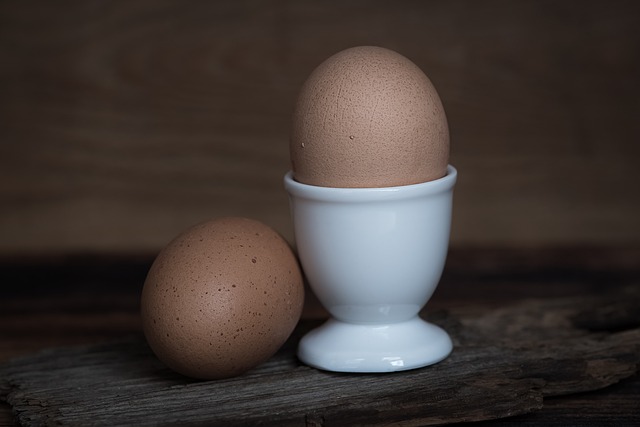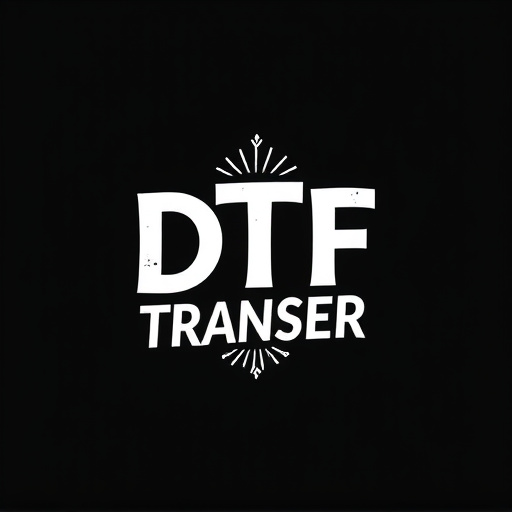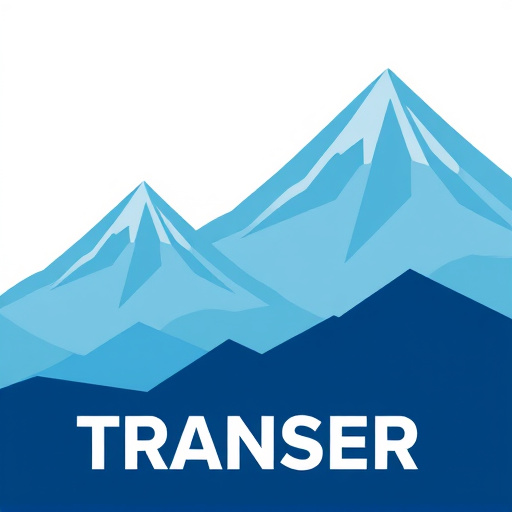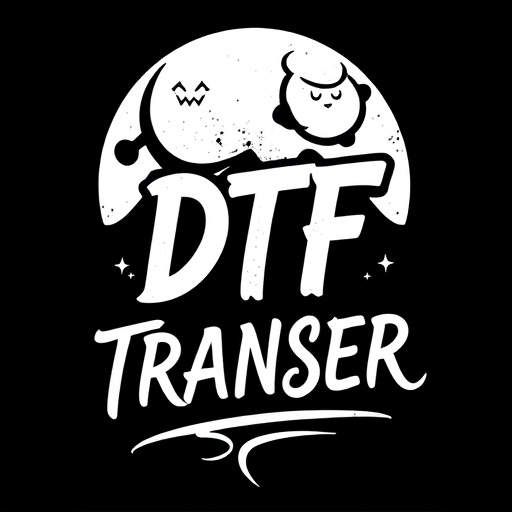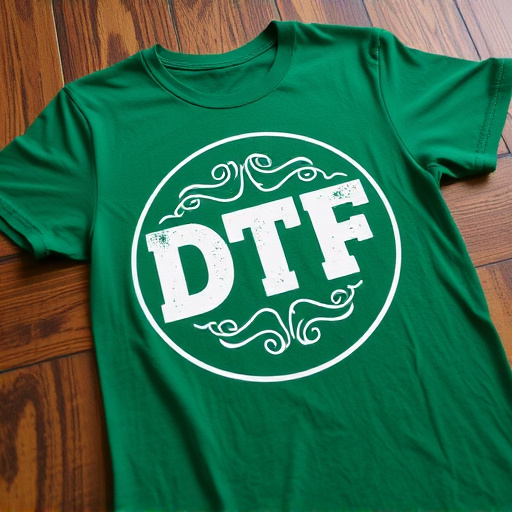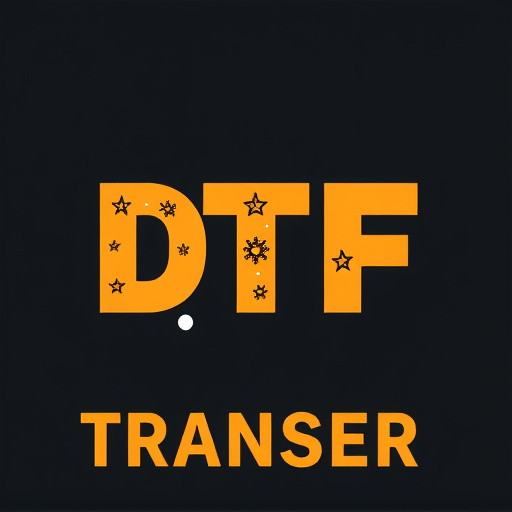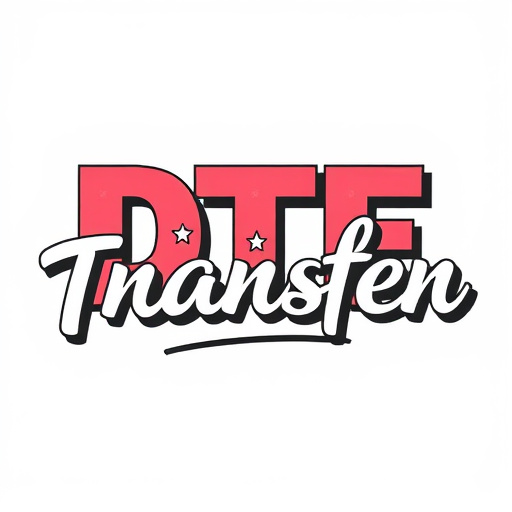Direct-to-Film (DTF) transfer technology revolutionizes visual creation by directly applying designs to film surfaces, eliminating traditional intermediate steps. Adhesive powders play a pivotal role, enabling precise application and long-lasting bonds on diverse materials like textiles, plastics, and metals. Meticulous spreading techniques ensure uniform adhesion, resulting in crisp, clear images with enhanced durability. Future advancements in adhesives and digital printing will expand DTF's reach, offering intricate patterns and personalized transfers for groundbreaking product customization solutions across industries.
“Unleash the power of direct-to-film (DTF) transfer technology with adhesive powder—a game-changer in the printing industry. This innovative process allows for precise, high-quality imaging on various surfaces, from textiles to metals. In this comprehensive guide, we’ll explore the intricacies of DTF, unraveling its benefits and potential challenges. From understanding the fundamental principles to delving into the latest advancements, get ready to navigate the exciting world of DTF transfer, where adhesive powder plays a pivotal role in creating captivating, long-lasting designs.”
- Understanding Direct-to-Film (DTF) Transfer: A Brief Overview
- The Role of Adhesive Powder in DTF Creation
- Types and Properties of Adhesive Powders
- Application Process: Spreading the Powder for Optimal Results
- Benefits and Challenges of Using Adhesive Powder in DTF
- Future Trends and Innovations in DTF Transfer Technology
Understanding Direct-to-Film (DTF) Transfer: A Brief Overview

Direct-to-Film (DTF) transfer is a cutting-edge printing technique revolutionizing the way we create and reproduce visuals. This innovative process eliminates the need for traditional intermediate steps, enabling direct application of design onto various film surfaces. It’s a game-changer in industries demanding high-quality, precise imaging, from signage and packaging to textile printing.
The DTF Transfer method involves precisely controlling the adhesion of powder to specific areas of a film, creating a detailed image or pattern. This is achieved through specialized equipment that applies the adhesive powder selectively, followed by heat treatment to fuse the powder permanently onto the film’s surface. This technology offers unparalleled precision and detail, ensuring the final transfer is a vibrant, crisp reproduction of the original design.
The Role of Adhesive Powder in DTF Creation
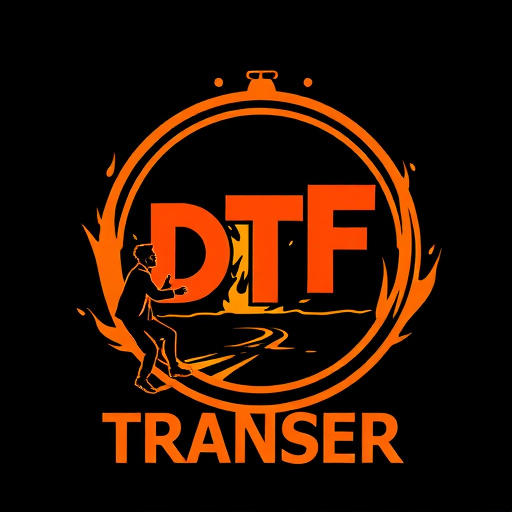
Adhesive powder plays a pivotal role in Direct-to-Film (DTF) transfer creation, facilitating the precise and efficient application of designs onto various surfaces. This fine, specialized powder acts as a crucial intermediary between the print media and the substrate, ensuring optimal adhesion for long-lasting, high-quality results. By uniformly distributing tiny particles of adhesive, DTF transfers achieve secure bonds that withstand everyday wear and tear.
The meticulous process involves precisely controlling the amount and application of adhesive powder to match the material properties of the desired substrate. This ensures that the transferred design adheres firmly while preventing bubbles, wrinkles, or other defects. The versatility of adhesive powder allows for its use across diverse materials, from textiles to plastics and metals, expanding the scope of DTF technology’s applications.
Types and Properties of Adhesive Powders
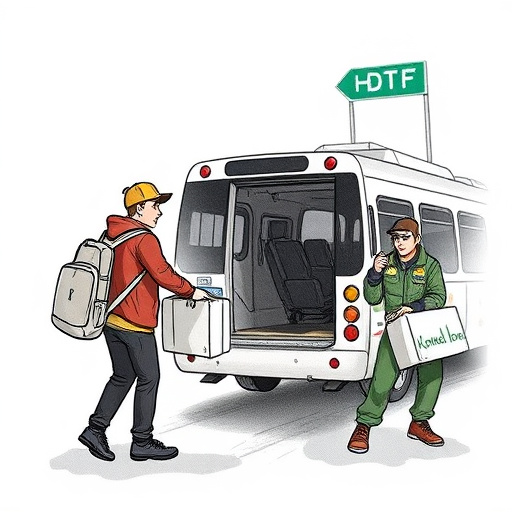
Adhesive powders play a critical role in the Direct-to-Film (DTF) transfer process, enabling the precise and durable application of designs onto various surfaces. These powders come in different types, each with distinct properties tailored to specific DTF transfer needs. One common type is thermoplastic powder, known for its excellent adhesion and flexibility, making it suitable for a wide range of materials. It melts during the transfer process, creating a strong bond between the design and the substrate.
Another variety is pressure-sensitive adhesive (PSA) powder, which remains in a solid state during application but adheres firmly to surfaces when pressure is applied. PSA powders are popular for their ease of use and quick curing time, allowing for efficient DTF transfer. Additionally, they offer good resistance to peeling and fading, ensuring the longevity of the transferred design. The choice of adhesive powder largely depends on factors such as the type of substrate, desired adhesion strength, and the final aesthetic or functional requirements of the DTF transfer project.
Application Process: Spreading the Powder for Optimal Results

The application process of adhesive powder in direct-to-film (DTF) transfer creation involves careful spreading for optimal results. It’s crucial to begin by evenly distributing a thin layer of the powder onto the target film, ensuring no gaps or clumps form. This step is vital as it ensures uniform adhesion when the design is later transferred to various materials like fabric, wood, or metal.
For best practices, consider using a fine-toothed comb or a specialized spreading tool to achieve an even coating. The goal is to create a thin, consistent layer that covers the entire surface of the film without excess buildup. This precise application process plays a significant role in the success of the DTF transfer, guaranteeing crisp, high-quality designs and minimizing post-processing issues.
Benefits and Challenges of Using Adhesive Powder in DTF
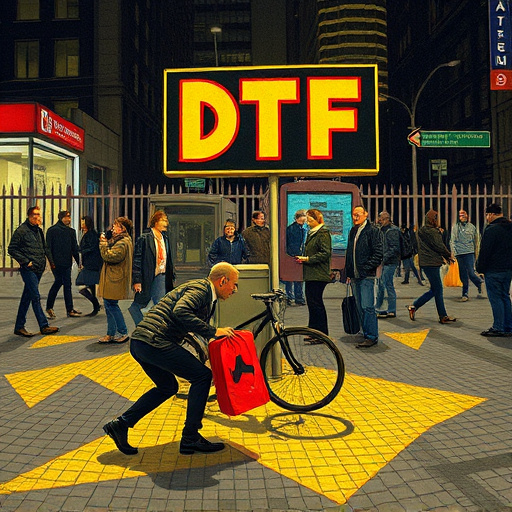
Using adhesive powder in Direct-to-Film (DTF) transfer offers several significant advantages. Firstly, it allows for precise and detailed printing, as the powdery substance adheres to film with remarkable accuracy, ensuring crisp and clear images. This is particularly beneficial for creating intricate designs or fine line artwork that requires minimal bleed or smudging during the transfer process. Additionally, adhesive powder enhances durability, making the final transferred image more resistant to fading, tearing, or peeling over time.
Despite these benefits, there are challenges associated with DTF transfers using adhesive powder. One of the main concerns is proper application and control. The powdery substance can be difficult to manage, leading to potential messiness during the printing process. Skilled handling and precise application techniques are necessary to avoid unnecessary wastage or misapplication, which could compromise the quality of the final print. Furthermore, ensuring even distribution of the adhesive powder across the entire film surface is crucial for consistent results.
Future Trends and Innovations in DTF Transfer Technology
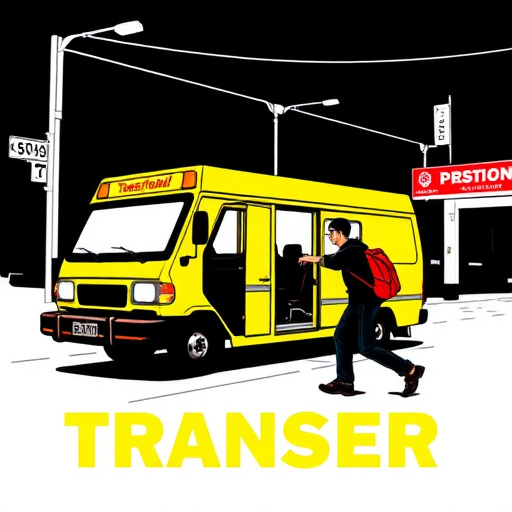
The future of Direct-to-Film (DTF) transfer technology looks promising, with innovations set to enhance its capabilities and applications. One prominent trend is the development of more advanced adhesives and powders, which can offer improved bond strength and versatility in terms of substrate compatibility. Researchers are exploring new formulations that can adhere to a wider range of materials, including challenging surfaces like plastics, metals, and even certain types of fabrics. This expansion of material capabilities will open doors for DTF transfers in industries beyond textiles, such as automotive, electronics, and medical device manufacturing.
Additionally, the integration of digital printing technologies with DTF is expected to bring about significant advancements. Digital printing allows for precise control over design elements, enabling the creation of intricate patterns and personalized transfers. As print resolution improves, the quality of DTF transfers will also enhance, delivering sharper images and more detailed designs. This combination of precision printing and versatile adhesives can lead to groundbreaking applications in product customization, allowing businesses to offer unique, tailored solutions to their customers.
